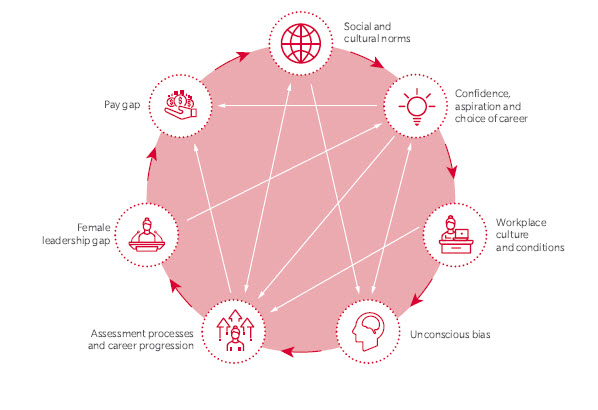Brazil, the largest country in South America, has made significant strides toward gender equality over the past few decades. However, the journey has been marked by both notable successes and persistent challenges. This article delves into Brazil’s approach to gender equality, examining the progress made and the obstacles that remain.
Brazil’s Gender Equality: Progress and Challenges
Brazil has seen considerable advancements in gender equality, particularly in the realm of political representation. The country elected its first female president, Dilma Rousseff, in 2010, marking a significant milestone in its history. Rousseff’s presidency highlighted the potential for women to hold the highest office in the land, inspiring many young women to pursue careers in politics. Additionally, Brazil has implemented gender quotas in electoral processes, ensuring that a minimum percentage of candidates for political office are women.
In the workforce, Brazil has made strides in closing the gender gap. The country has seen an increase in female participation in various sectors, including business, education, and healthcare. Women now make up a significant portion of the workforce, and there are ongoing efforts to address wage disparities and provide better maternity leave policies. These initiatives have contributed to a more inclusive and equitable work environment for women in Brazil.
However, despite these advancements, Brazil still faces significant challenges in achieving true gender equality. Violence against women remains a pervasive issue, with high rates of domestic violence and femicide. The legal system often falls short in protecting victims and holding perpetrators accountable. Additionally, cultural norms and stereotypes continue to hinder women’s progress, particularly in rural areas where traditional gender roles are more deeply entrenched. These challenges highlight the need for continued efforts to address the root causes of gender inequality in Brazil.
Key Milestones and Persistent Barriers in Brazil
One of the key milestones in Brazil’s journey toward gender equality was the establishment of the Maria da Penha Law in 2006. Named after a domestic violence survivor, this law provides comprehensive measures to protect women from domestic abuse and offers legal recourse for victims. The legislation has been praised for raising awareness about domestic violence and providing a framework for addressing it. However, its implementation has been uneven, and many women still struggle to access the protections it offers.
Another significant milestone was the creation of the Secretariat of Policies for Women in 2003, a government body dedicated to promoting gender equality and women’s rights. The Secretariat has played a crucial role in developing policies and programs aimed at empowering women and addressing gender-based violence. Its initiatives have included campaigns to combat sexism, support for female entrepreneurship, and efforts to improve women’s access to education and healthcare. Despite these efforts, the Secretariat has faced challenges in securing adequate funding and political support.
Persistent barriers to gender equality in Brazil include economic disparities and the underrepresentation of women in leadership positions. While women have made significant gains in the workforce, they continue to face obstacles in reaching top executive roles and board positions. The gender wage gap remains a concern, with women earning less than men for similar work. Additionally, women, particularly those from marginalized communities, often have limited access to resources and opportunities for advancement. Addressing these barriers requires a multifaceted approach that includes policy reforms, cultural shifts, and increased investment in women’s empowerment programs.
Brazil’s approach to gender equality has been marked by both progress and setbacks. While the country has achieved important milestones and implemented policies to promote women’s rights, significant challenges remain. Addressing issues such as violence against women, economic disparities, and cultural norms requires ongoing commitment and collaboration from all sectors of society. As Brazil continues its journey toward gender equality, it is essential to build on the successes and confront the persistent barriers that hinder true equity.
